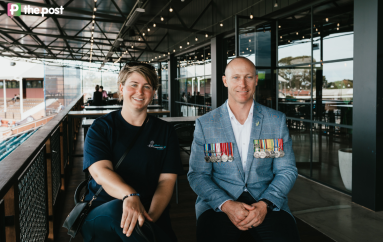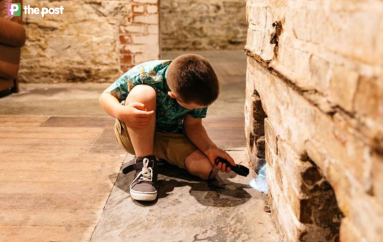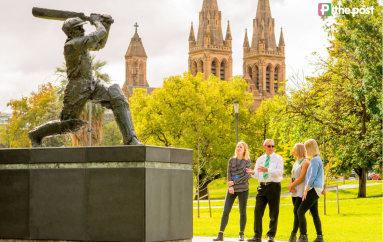How restoring a swamp is opening pathways for Aboriginal students
Indigenous students are getting practical experience in restoring land thanks to a university entry course held at a reserve in the South East.
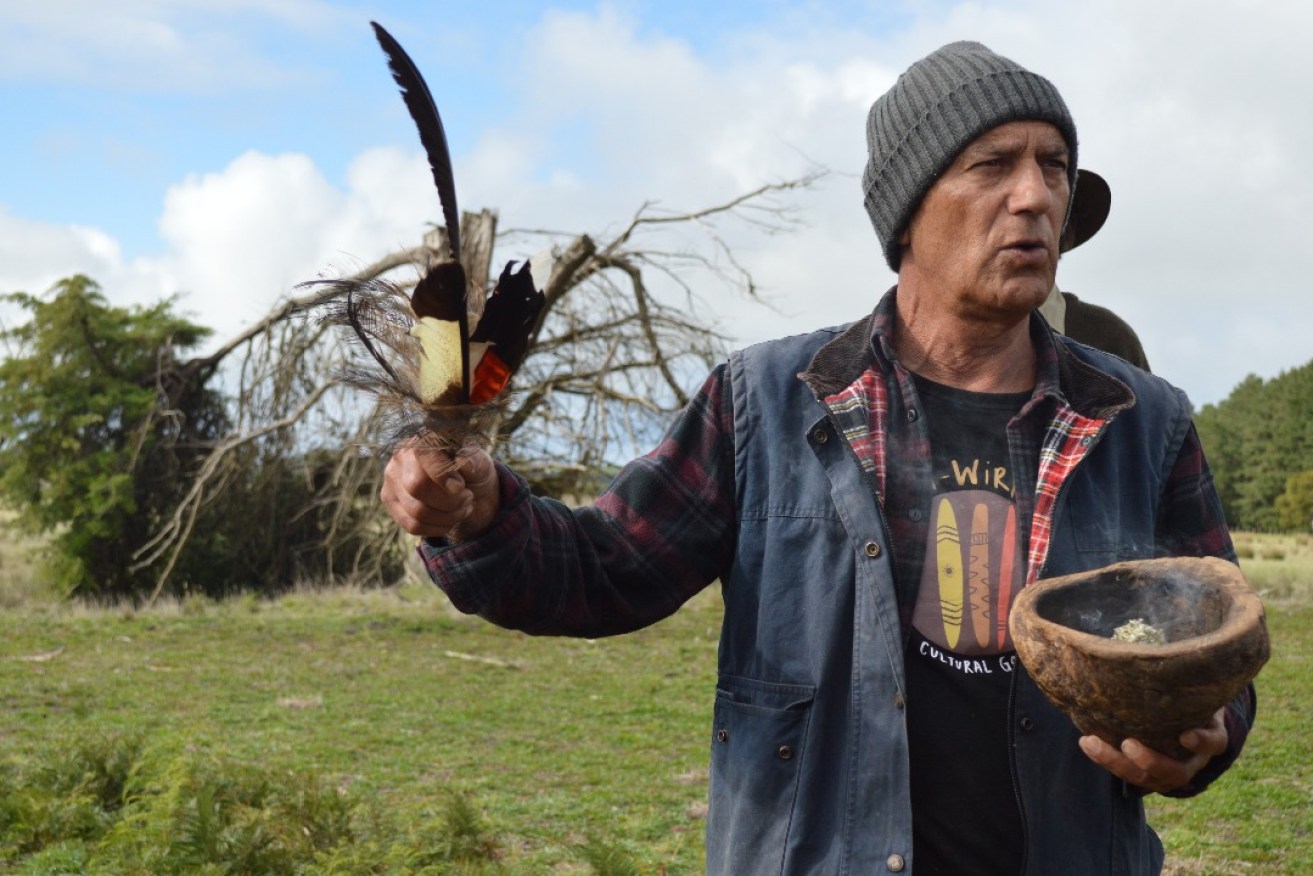
Local Doug Nicholls helps connect students to the land. Photo Roxanne Deanfield.
The University of South Australia’s Land Management course is giving Aboriginal students the chance to develop knowledge and skills in cultural learning and land management practices.
Barry Tarr, who has taught the Land Management course for three years, says that as part of the class students visit Mount Burr Swamp, a former deep freshwater marsh located 30 minutes from Mount Gambier.
“Students will learn about how country, culture and health are interconnected,” he says.
The 300-hectare site was bought by the non-for-profit group Nature Glenelg Trust and has the potential to restore habitat for six nationally threatened species.
When at the reserve, students complete tasks such as assessing the site, recording descriptions of flora and fauna, identifying environmental damage and developing repair strategies.
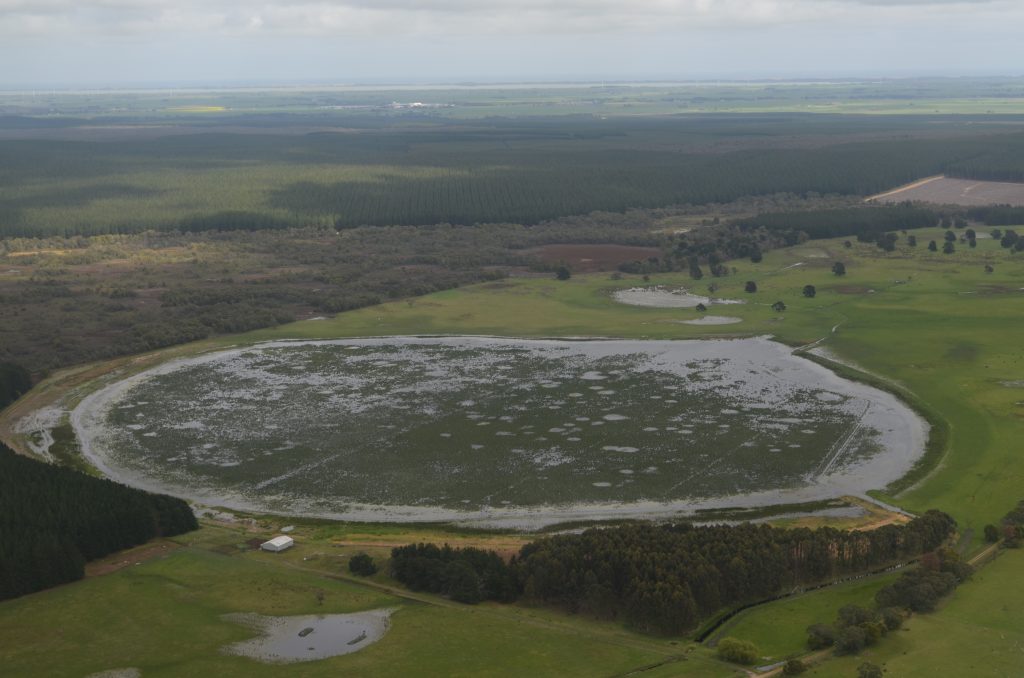
Aerial view of Mount Burr Swamp Photo: Mark De Jong.The course is part of the university’s Aboriginal Pathway program, which aims to prepare First Nations students for entry to university.
It was included in the Aboriginal Pathway program after consultation with community elders and leaders in the region.
“They saw this as a need for further skill development for Aboriginal people as it opened opportunities to a range of careers in the regions,” says Tarr.
There is also a strong focus on culturally responsive teaching.
“This can positively influence outcomes for Aboriginal students, particularly when they influence non-Aboriginal educators’ understandings of student experiences,” Tarr says.
He says that those involved will also impact the project’s future.
“In the long term, [through] involvement with the Aboriginal Pathway program, staff and students will influence future actions during the restoration of the Mt Burr Swamp property,” Tarr says.
“Advances have already been made in involving First Nations representatives in culture and education activities at the site, and the philosophy behind cultural rangers is gaining momentum as are having on-country experiences.”
Nature Glenelg Trust (NGT) has also worked with a student to create a trail at the site.
“NGT was successful in gaining a grant to fund a Creation Stories Walk project whereby one student (a Boandik descendant) was heavily involved in planning and implementation of creation story carvings, painting of pavers reflecting values, education and designing the trail in collaboration with NGT,” Tarr says.
The wider Aboriginal Pathway program gives a range of opportunities to Aboriginal students across five regions in South Australia, including Adelaide, Ceduna, Mount Gambier, Port Lincoln and Whyalla.
“As part of the broader Aboriginal Pathway Program, students are prepared for a university undergraduate degree and developing valuable skills to assist with gaining employment,” Tarr says.
